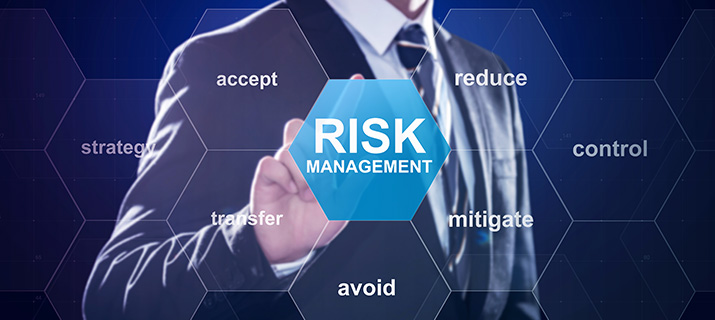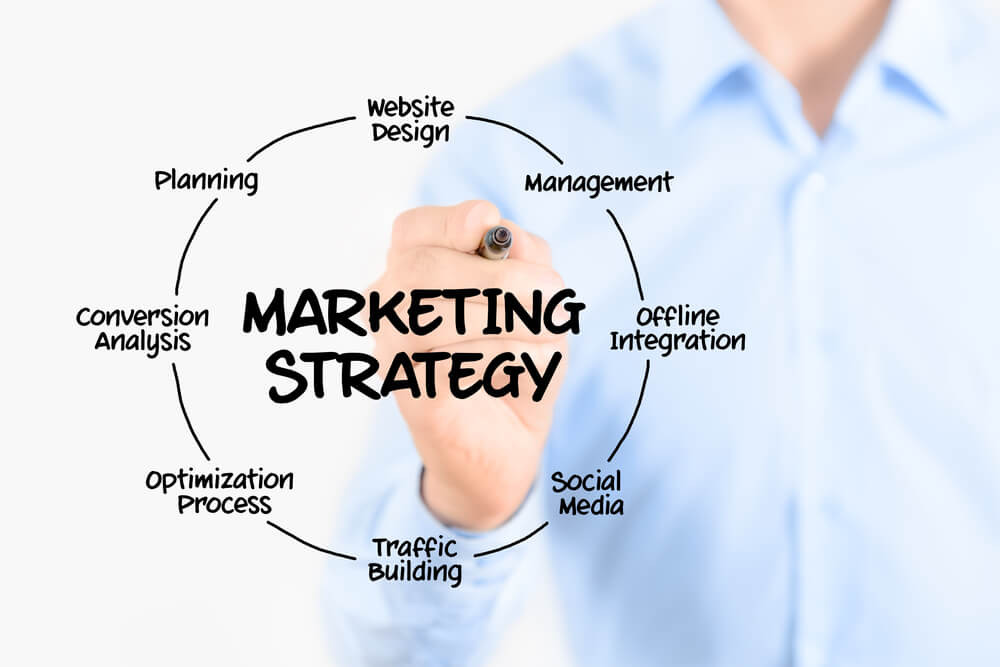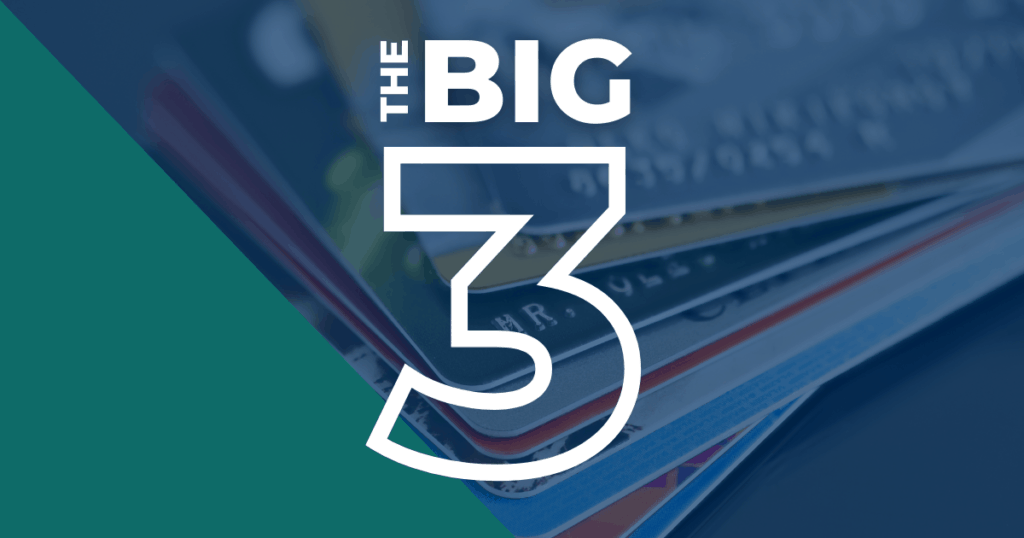
Risk Management And Its Role
On August 6, 2021 by Morthe StandardRisk management is about being proactive in responding to change and facilitating constant improvement. It is a process that requires clear planning, systematic strategies and covers all foreseeable risks.
Risk assessment needs periodical review as the environment keeps changing. For instance, the COVID-19 pandemic has affected changes to public health policies. These reasons point to the importance of risk management consulting in Australia. Control measures need periodic checking to see if they are still viable.
The process generally involves:
- Identifying the risks/ hazards
- Assessing the risk
- Controlling the risk
- Review control measures and check their effectiveness.
These steps may vary depending on the conditions and individual. Large businesses are subject to more risks and therefore need heightened measures.
Table of Contents
Personal Risk Management:
The process is mostly associated with relatively large businesses due to its significance. That being said, personal risk management is just as necessary to protect one’s future from unexpected changes. It could be anything from a virus to accidents.
The process entails analyzing and coming up with efficient solutions to address the risks. It may sound simple on first hearing, but it has more to it.
How Does It Help?
It helps in mitigating the adverse effects of unforeseen events. It could be any threat of uncertainty but having a strategy to deal with it takes the pressure off. In the case of a company, one strategy could be to create a succession plan in the event of a key individual not being able to execute their duties.
When it comes to personal finance, all kinds of situations cause financial hardships, and one must prepare for it. The primary goal of this process can be summed up as a way to safeguard wealth, goals, and personal well-being from the uncertainties of life.

Types of Risk:
In general terms, there may be four, but it does not mean they are mutually exclusive.
- Pure risk is when a loss is possible only when the event occurs in reality. An example of floods is appropriate. There is either flooding or not. There is no space for in-between and such risks are insurable.
- On the other hand, the speculative risk may or may not result in a loss or cause any change at all. Gambling is an example. These are not usually insurable.
It can also be defined in terms of income and expense risk. The former affects the ability to make an income; examples of this type would be sickness, death, unemployment, etc.
Expensive risk is more complex, and it deals with spending more money than one has. It could be due to voluntary or involuntary reasons. The latter could be due to emergency expenses. Voluntary could also mean spending more than one earns. Income risks often lead to expense risks. They are tied together.
Some of the strategies that risk management consulting would adopt are:
- Establishing context is integral to understand the situation and make the rest of the plans. It involves drawing up the criteria to evaluate risks and the structure to follow to mitigate them.
- Identifying the risks is all about recognizing potential threats that may have a negative influence.
- Risk analysis occurs after identifying them first. The company will later determine the odds of a situation unfolding and its plausible consequence. The general goal is to understand the magnitude of specific risks and how they could influence the outcome.
- The evaluation part entails surveying the overall picture. After considering the consequences, the company can prioritize its decisions.
Mitigating risks is vital to ensure a peaceful life. It is integral to consult with the right people to deal with them appropriately.
You may also like
Recent Posts
 Unleashing AI Power for Small Business Marketing Success
Unleashing AI Power for Small Business Marketing Success Pourquoi Choisir Une Structure En Acier Pour Vos Projets En Afrique ?
Pourquoi Choisir Une Structure En Acier Pour Vos Projets En Afrique ? Top IPTV France Providers: Finding the Best Service for You
Top IPTV France Providers: Finding the Best Service for You The Importance of Innovation Management in Business Success
The Importance of Innovation Management in Business Success How to Measure Lab Diamond Ring Size
How to Measure Lab Diamond Ring Size Web hosting plan: pro and cons of shared hosting and VPS hosting
Web hosting plan: pro and cons of shared hosting and VPS hosting White Sapphire vs. Diamond: The Ultimate Comparison
White Sapphire vs. Diamond: The Ultimate Comparison How Pawnbroking Works: A Step-by-Step Guide to Pawn Loans
How Pawnbroking Works: A Step-by-Step Guide to Pawn Loans GH Express LLC: Your Strategic Partner for Business Success in the U.S.
GH Express LLC: Your Strategic Partner for Business Success in the U.S.Novita Diamonds Shines a Light on Women’s Empowerment with Dress for Success Partnership
Buying Ethereum Down Under: Your Guide to Purchasing ETH in Australia
 Exploring the Brilliance of Lab-Grown Diamonds: Understanding the 4Cs
Exploring the Brilliance of Lab-Grown Diamonds: Understanding the 4Cs Lab Diamonds: The Top Choice for Ethical, Affordable, and Sustainable Brilliance
Lab Diamonds: The Top Choice for Ethical, Affordable, and Sustainable Brilliance SEO Backlink Services and Template Customization by a Pennsylvania SEO Expert
SEO Backlink Services and Template Customization by a Pennsylvania SEO Expert The Sparkle of Sustainability: Lab Grown Diamonds Adelaide
The Sparkle of Sustainability: Lab Grown Diamonds Adelaide
Popular Posts
 Leveraging User Forums and Communities: Online iPhone Selling
Leveraging User Forums and Communities: Online iPhone Selling Why You Should Be Adding Content to Google My Business
Why You Should Be Adding Content to Google My Business 360-Degree Digital Marketing Services: What’s included?
360-Degree Digital Marketing Services: What’s included? What are the Different Types of Marketing?
What are the Different Types of Marketing? 5 Tips for Sharing Files and Information Online
5 Tips for Sharing Files and Information Online 6 Major Factors To Consider Before You Hire Marketing Agencies Auckland
6 Major Factors To Consider Before You Hire Marketing Agencies Auckland First-Time Buyer’s Guide to Industrial Sewing Machines
First-Time Buyer’s Guide to Industrial Sewing Machines Benefits of Hiring a Full Time SEO Specialist
Benefits of Hiring a Full Time SEO Specialist Tips For Effective And Appealing Web Design
Tips For Effective And Appealing Web Design 3 Biggest Strategies That Can Help You Scale Up Your Company
3 Biggest Strategies That Can Help You Scale Up Your Company Using An SEO Consultant To Amp Up Your SEO Strategy During COVID-19
Using An SEO Consultant To Amp Up Your SEO Strategy During COVID-19- What Is The Essence Of Enterprise Resource Management Systems
How To Make Your Air Conditioning Business Ready For Google?
 Why Should You Add Comments To Your Blog?
Why Should You Add Comments To Your Blog?) 3 Reasons Why Forecasting Sales Is Important For Businesses
3 Reasons Why Forecasting Sales Is Important For Businesses
Most Viewed Posts
 API Integration Best Practices: Ensuring Secure and Scalable Solutions
API Integration Best Practices: Ensuring Secure and Scalable Solutions On The Whole Learning Elaborating Open Source API Tools
On The Whole Learning Elaborating Open Source API Tools Eliminate Annoyance By Fixing These Google Drive Problems
Eliminate Annoyance By Fixing These Google Drive Problems Reasons To Kick-Start Node JS Centric Product Development With Full-Swing
Reasons To Kick-Start Node JS Centric Product Development With Full-Swing Reasons Why It Is Important to Select the Best Online Education Platform for a Programming Assignment
Reasons Why It Is Important to Select the Best Online Education Platform for a Programming Assignment 6 Benefits of Using a Good Website Builder
6 Benefits of Using a Good Website Builder Techinques To Take Services For App Developers
Techinques To Take Services For App Developers- Four compelling reasons why the cloud makes it easy is the ideal IoT application
 A Guide To Hiring The Best Web Development Company
A Guide To Hiring The Best Web Development CompanyThe Best Tools For Mobile-First Indexing Strategy Development
